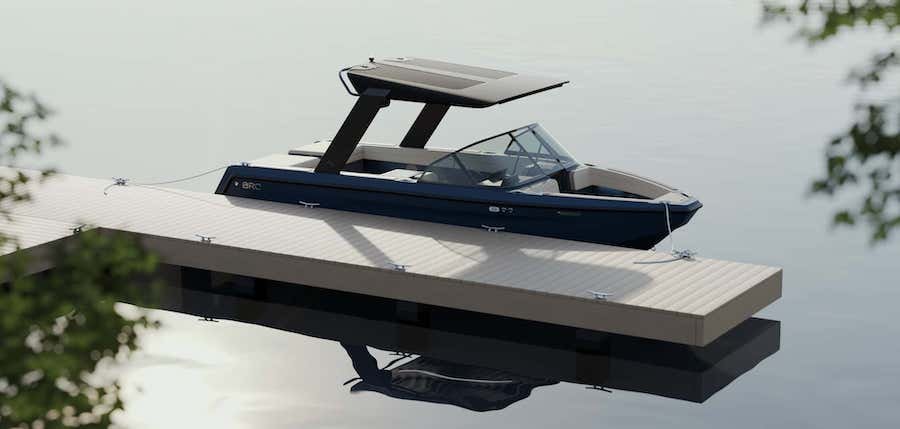The Arc Sport Is A $258,000 Electric Wake Boat With 570 HP

Electric boats are slowly but surely going mainstream. After companies like Polestar and Porsche put their names (and electric tech) on a couple of high-end water cruisers, now an American company is bringing a new electric boat to market that’s touted as being more advanced than any of its rivals.
This is the Arc Sport, the second model to come out of the Los Angeles-based startup’s workshop after the Arc One. With a total output of 570 horsepower, a 226-kilowatt-hour battery, and custom-made software, the Sport is described by its maker as being “the most advanced wake boat to hit the water,” blending “aerospace engineering, EV technology, and genius software for a new wave of boating.”
When it comes to range, Arc says the Sport can travel for over 24 hours straight at low speeds while higher speeds will drain the battery faster. On average, the boat should support between 4-6 hours of active use, including towing, the company told InsideEVs.
As for charging, the exact kilowatt figures will be shared at a later date. However, Arc says that using a Level 2 home charger will be able to fully replenish the battery overnight, while a Level 3 DC fast charger can up the state of charge to 80% in roughly 45 minutes.
The cabin of the Arc Sport features two displays–one behind the steering wheel and one that acts as the infotainment center–as well as a retractable hardtop tower that can be operated just by pressing a button.
Priced from $258,000, Arc’s new electric wake boat offers more than double the torque of most premium wake boats, according to the company, and over-the-air software updates that can presumably improve the vehicle over time.
The startup says that its first development prototype is already being tested and that deliveries of customer-spec models will begin this year. Wannabe shoppers can reserve an Arc Sport by paying a $500 refundable deposit on the company’s website.
Arc was founded in 2021 in Los Angeles by Ryan Cook and Mitch Lee. Both have degrees in mechanical engineering and experience in the aerospace industry, with Ryan working as a Tool Engineer on the Boeing 787 Dreamliner and later taking the role as a lead engineer at SpaceX, while Mitch was a Stress Analyst on the Boeing AH-64 Apache helicopter.





